Grandma's Wicker Is Back In Style—But Southerners Know It Never Left
2025.07.24
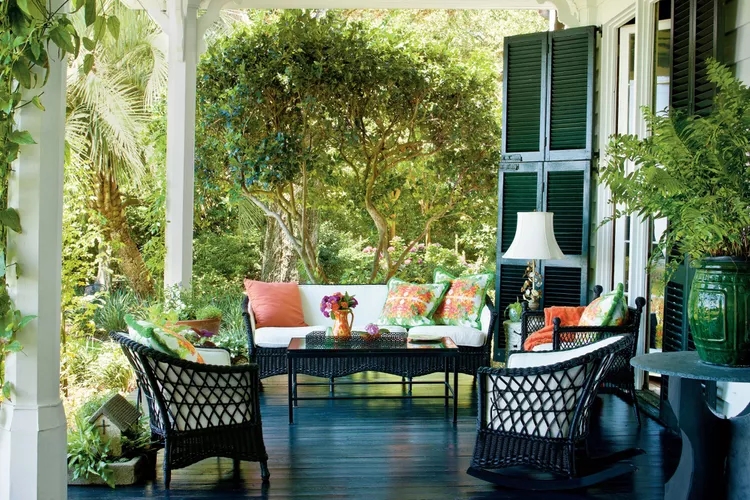
Credit: Photo: Laurey W. Glenn
Key Takeaways
- Wicker is timeless and now shines in unexpected shapes and spaces like powder rooms and sculptural lighting.
- Pair it with bold colors, rich textures, and contrasting materials for a fresh, layered look.
- Use wicker as an accent, not a set—it works best when mixed with other styles.
Whether it's a Coastal Grandma purse or a sculptural Boho light fixture, wicker is so versatile that it has a way of adapting to nearly every design trend. Although it may seem new to the interior decor scene, wicker has been around in one form or another since the Neolithic Age, when it was woven into baskets[1].
Once found in most English homes during the Victorian era, wicker has been part of our aesthetic ever since it crossed the Atlantic. The woven furniture cemented its place in American design in everything from porch furniture to shabby chic decor.
Back in 1976, during a peak in its popularity, "The New York Times" noted an uptick in prices. At the time, a bamboo armchair sold for $39, and a matching bookcase sold for $79. These days, vintage wicker can go for thousands of dollars in antique stores, and the average price of a modern wicker armchair is upwards of $300.
For those who are (literally) sitting on a treasure trove of Grandma's wicker furniture or have found a gem at a local flea market but aren't sure how to make it work, don't worry. With a few thoughtful updates, it is easy to blend these timeless classics into a fresh, modern space.
What is Wicker?
Not to be mistaken with rattan, wicker is a style of weaving and not a specific material. Rattan is a material used in wicker weaving, as are bamboo, willow, reed, and synthetic materials such as resin and plastic.
Is Wicker Back in Style?
Many interior designers will proclaim that wicker is officially back, but others, including Lauren Wills Grover, principal at Wills Design Associates in Houston, say it never left.
"Wicker is classic," says Wills. "It has become a staple in most projects for an added natural element and a hint of nostalgia."
Another reason for wicker's timeless appeal is that it can be used both indoors and outdoors. Synthetic materials like plastic and resin make it more durable, easier to clean, and weather-resistant.
To keep the easy-to-style vibes going, Hattie Sparks Collins, owner of Hattie Sparks in New Orleans, puts it best: "Wicker should be treated like a quiet guest at a dinner party; it shouldn't scream for attention, but it brings warmth and personality."
Fresh Ways to Style Wicker
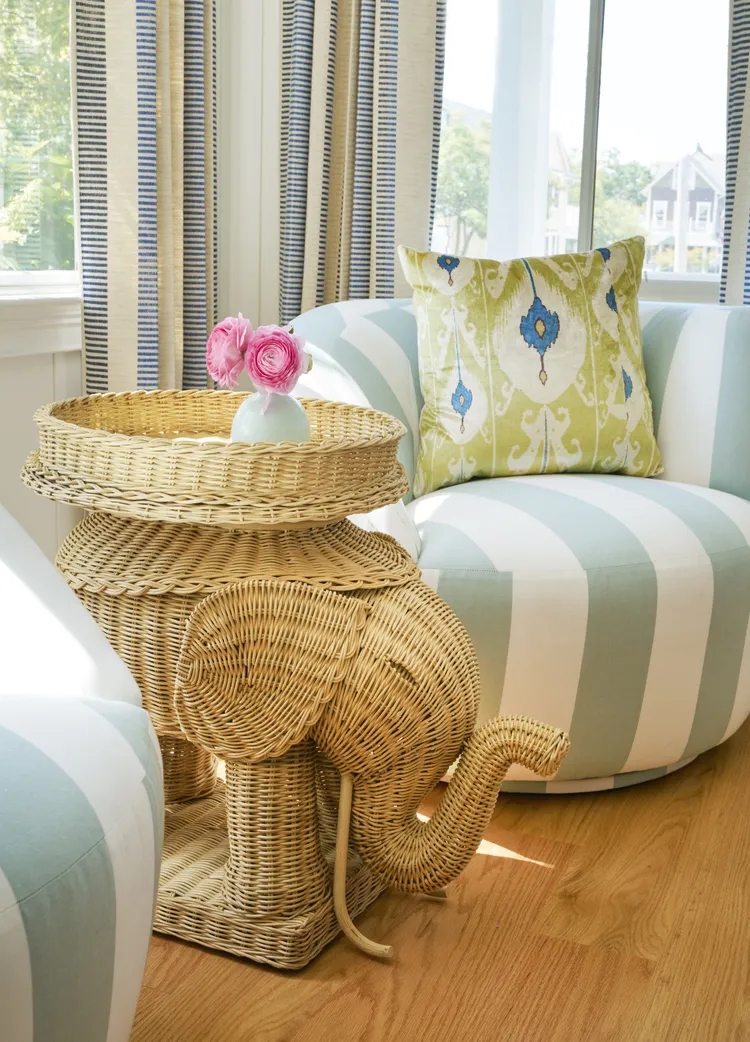
Credit: Studio Thanasis
Unexpected Uses for a Classic
"I love using wicker where you wouldn't expect texture at all, like tucked away in a powder bath or as a pendant light in a more formal dining room," says Collins.
What feels especially fresh, she adds, is when wicker appears in sculptural forms, like a chunky chair, oversized decor, or even a whimsical lamp base. "It's that blend of traditional material and modern shape that keeps it interesting."
Wills agrees and enjoys finding unusual shapes and repurposing them in surprising ways. "My favorite is to source and place wicker animals in rooms, whether as a side table or as a sculpture that we turn into a lamp."
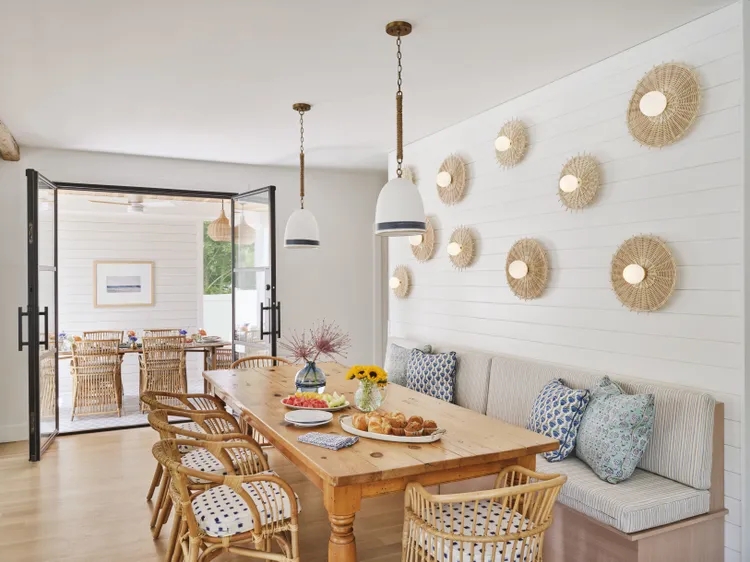
Credit: Studio Thanasis
Refine with Texture and Fabric
While wicker is lovely on its own, using different textures and fabrics can bring out its warmth and elevate its appeal. Wills likes small touches like a wicker lampshade on a sleek lamp or a cane side table beside modern pieces.
"I like pairing wicker with materials that give it a little contrast like lacquered wood, plaster, or anything with a polished finish," says Collins. "It looks great next to soft upholstery, worn leather, or even something glam like a vintage crystal lamp."
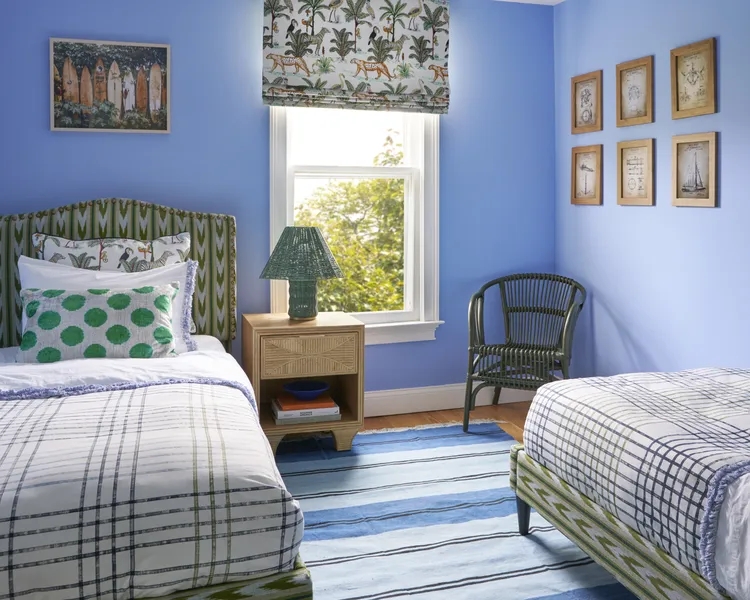
Credit: Studio Thanasis
Add a Pop of Color
"Paint it! A pop of color on a piece of wicker furniture is fun," says Wills. "I suggest painting before spending the time to stain it. It is easier to prep and just about anyone can DIY it."
Collins loves bold pairings, too: "Saturated blues, leafy greens, or terracotta to make it stand out. "It plays wonderfully in contemporary New Orleans spaces with layered prints, botanicals, or polished velvet. That contrast, natural and refined, is what gives it soul."
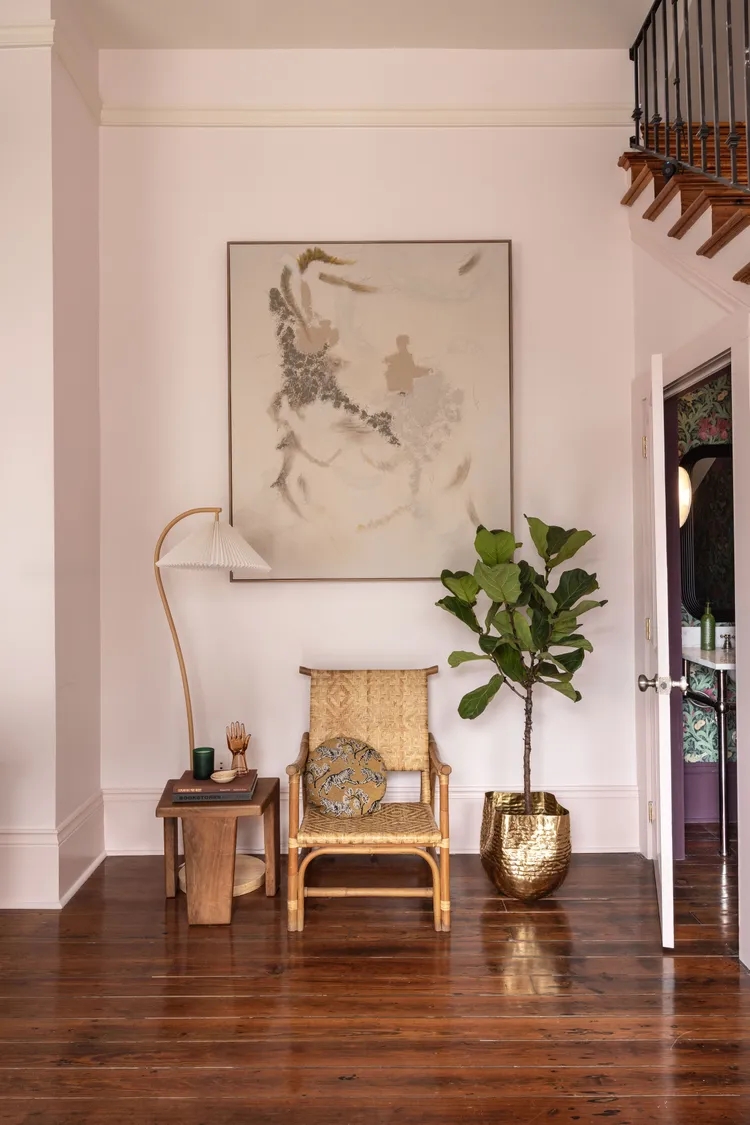
Credit: Laura Steffan
Balance is Key
Gone are the days of all-matching wicker sets on porches and sunrooms. Let wicker pieces serve as a grounding element, not the whole story. "Don't go full cottagecore," says Collins. "Wicker works best when mixed with other textures and styles because it needs a little contrast to shine."

















 Visitor Registration
Visitor Registration Booth Application
Booth Application